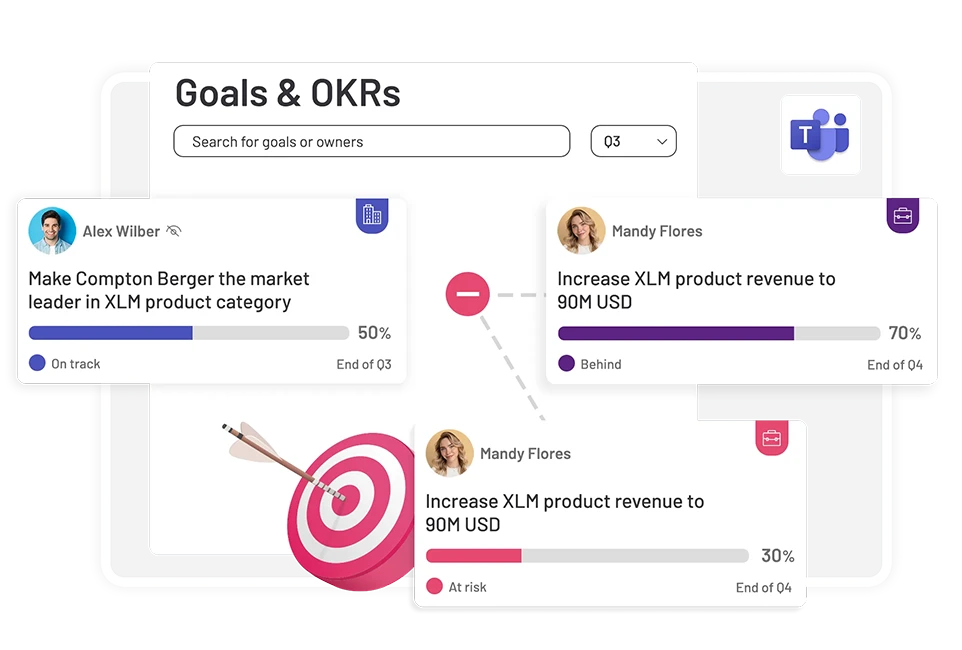The discussion of OKR tracking mirrors the practice of tracking OKRs directly. Before we can even start talking about OKR tracking, we need to make sure that OKRs are being set the right way.
That is why in this particular blog post on OKR tracking, we will start by examining each aspect of OKRs before discussing just how you can track them the best.
Once we cover each step of creating the perfect OKR framework for your team, we will then discuss some of the best methods of OKR tracking.
The OKR tracking section of this article will include a free OKR tracking template for you to download, alongside some tips on one of the best OKR tracking tools available today!
It doesn’t really matter which goal-setting methodology you’re practicing. Remember, no matter how effective you are at setting goals, how you track goals is just as important when it comes to the success of your team.
Table of Contents
Are your OKRs in the flow of work?
Regardless of your goal-setting methodology of choice, the goals and OKRs you set should always be in the flow of work. Integrating OKRs into your central communication platform is the best way to make sure your OKRs are always present and relevant.
If you’re part of an organization that uses Microsoft Teams on a daily basis, then you can try out the best OKR software for Microsoft Teams for absolutely free, without having to sign-up!



